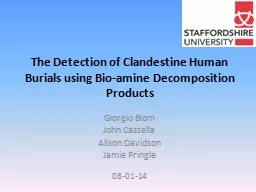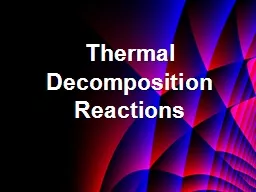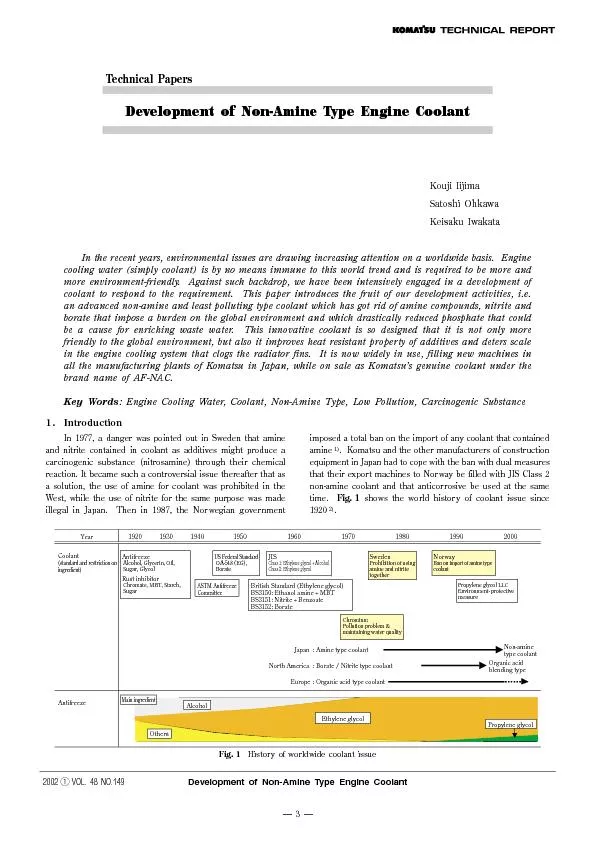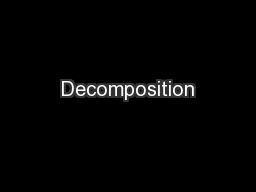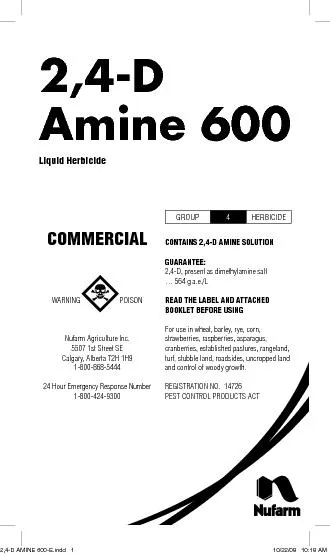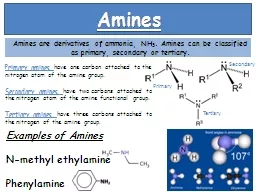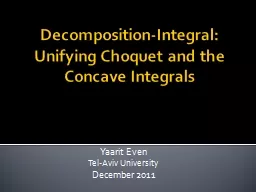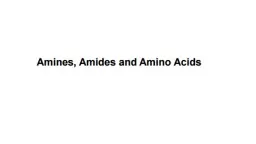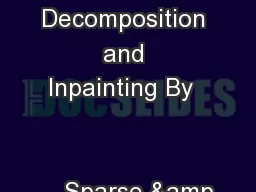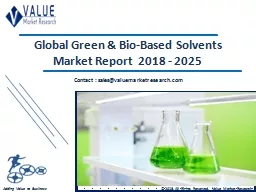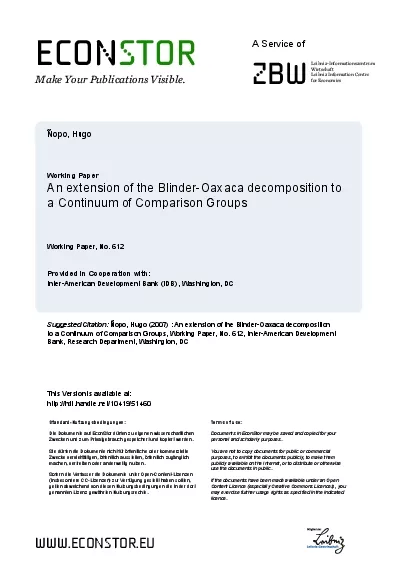PPT-The Detection of Clandestine Human Burials using Bio-amine Decomposition Products
Author : marina-yarberry | Published Date : 2019-11-07
The Detection of Clandestine Human Burials using Bioamine Decomposition Products Giorgio Blom John Cassella Alison Davidson Jamie Pringle 08 0114 Do you think that
Presentation Embed Code
Download Presentation
Download Presentation The PPT/PDF document "The Detection of Clandestine Human Buria..." is the property of its rightful owner. Permission is granted to download and print the materials on this website for personal, non-commercial use only, and to display it on your personal computer provided you do not modify the materials and that you retain all copyright notices contained in the materials. By downloading content from our website, you accept the terms of this agreement.
The Detection of Clandestine Human Burials using Bio-amine Decomposition Products: Transcript
Download Rules Of Document
"The Detection of Clandestine Human Burials using Bio-amine Decomposition Products"The content belongs to its owner. You may download and print it for personal use, without modification, and keep all copyright notices. By downloading, you agree to these terms.
Related Documents

